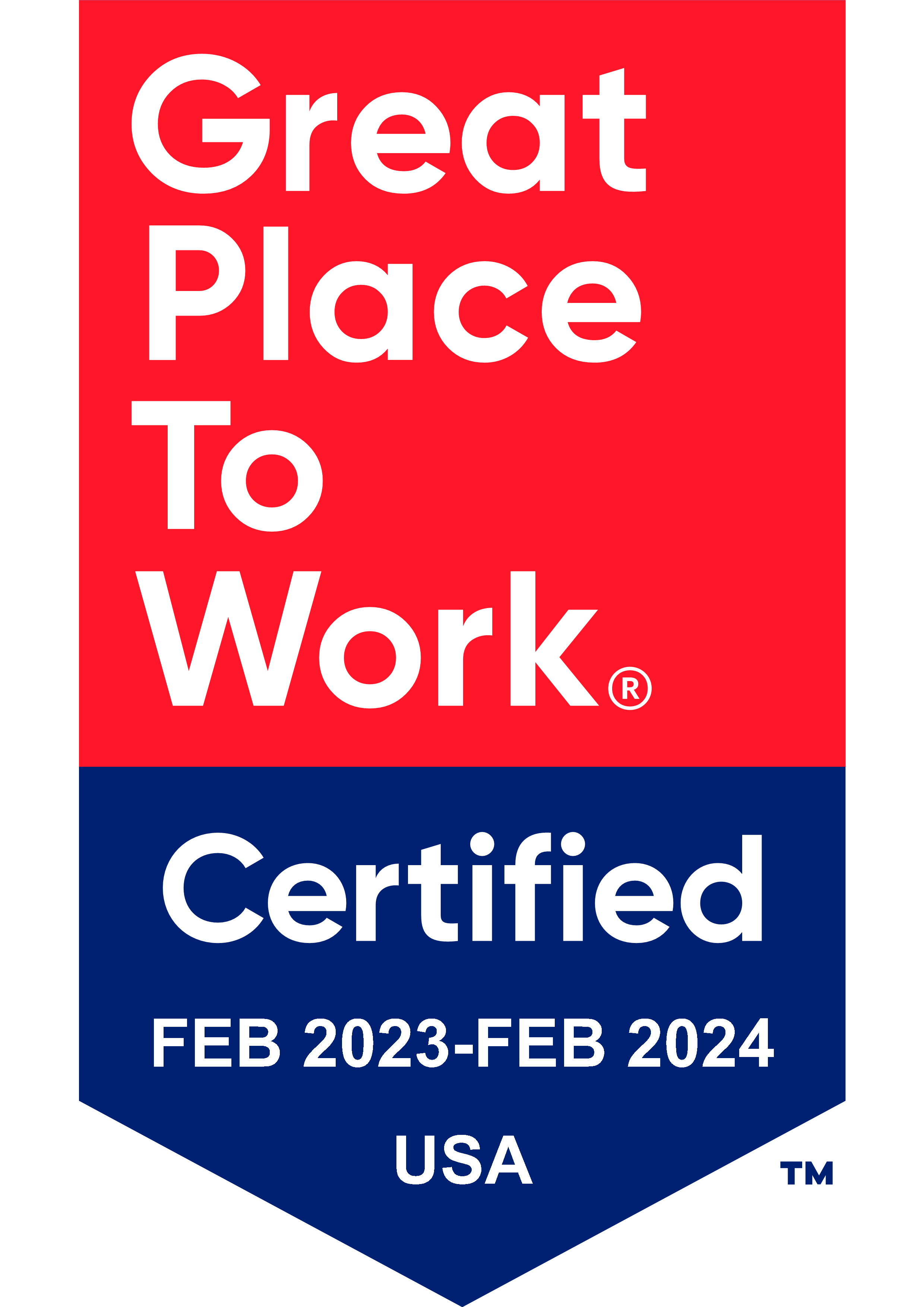
For a new auditor, the opening meeting is critical. How you conduct yourself, and how organized you are, establishes your credibility and sets the tone for the audit to follow. If you appear unsure and unorganized, your audit will not go smoothly. With that in mind, here are some tips on how to conduct your next opening meeting based on our experience training more than 130,000 auditors!
Shown below is a recommended checklist of items to cover if you are performing a formal external audit of a medical device manufacturer or supplier. If you are performing an internal audit in a smaller medical device company in a less formal situation, you may not need to cover all of the items noted below.
Any experienced auditor will tell you that things do not often go as planned. Here are some common situations that arise during the opening meeting and how to handle them.
Issue #1: Management does not attend the opening meeting
This happens quite often. Executives double book themselves or get trapped in meetings or conference calls that run long. If this occurs, make sure you capture this information in the audit report using the opening meeting attendance record. Also, follow up with them post-audit to give them a personal rundown on findings.
Issue #2: The auditee tells you that the agreed upon schedule no longer works
Taking a hard line rarely works and sets a poor tone for the rest of the audit. In this case, work with the audit representative to adjust the schedule.
Issue #3: The auditee tells you that critical documented information will not be available for review
This is indeed a problem. In this case you will need to find out why and confer with the audit manager to decide on whether to continue or delay the audit.
If you enjoyed this article, we have a variety of auditing classes you may want to consider. Our ISO 13485:2016 lead auditor training class which is one of our most popular classes. If you are involved in MDSAP auditing, consider our MDSAP Auditor Training or if you are involved in EU Medical Device Regulation (2017/745) compliance, consider our EU MDR auditor training class.

US OfficeWashington DC
EU OfficeCork, Ireland



UNITED STATES
1055 Thomas Jefferson St. NW
Suite 304
Washington, DC 20007
Phone: 1.800.472.6477
EUROPE
4 Emmet House, Barrack Square
Ballincollig
Cork, Ireland
Phone: +353 21 212 8530